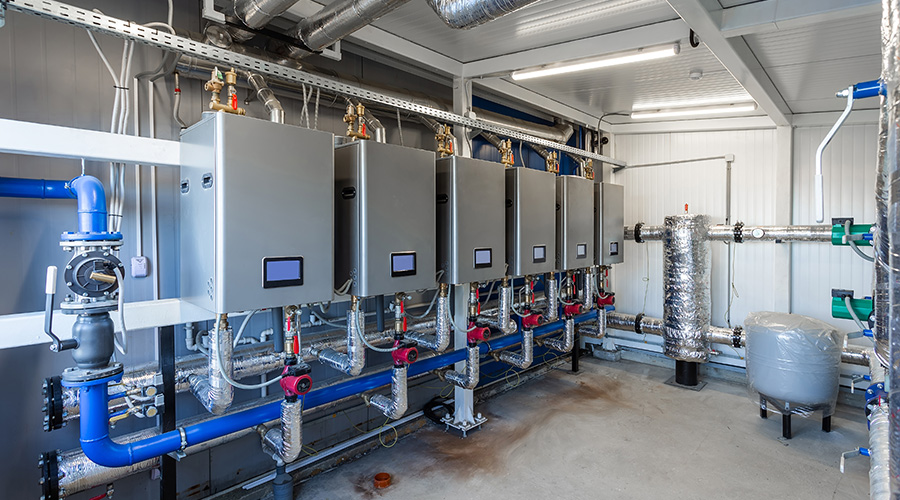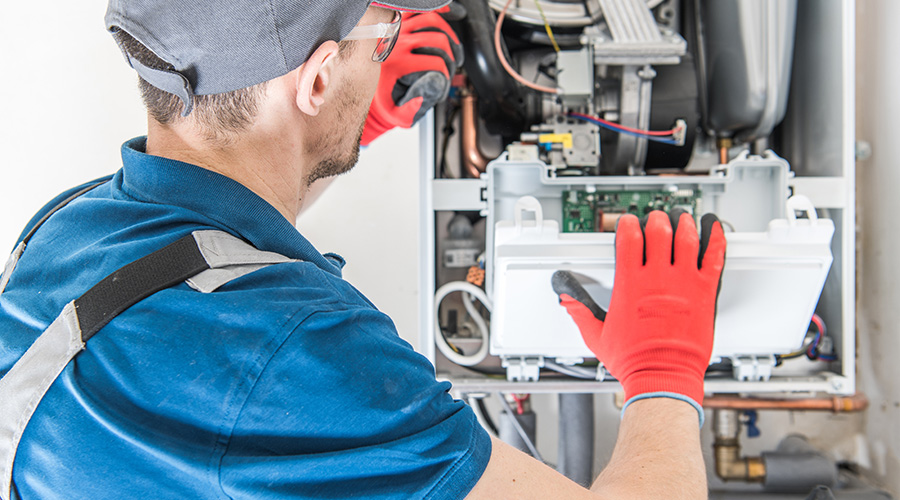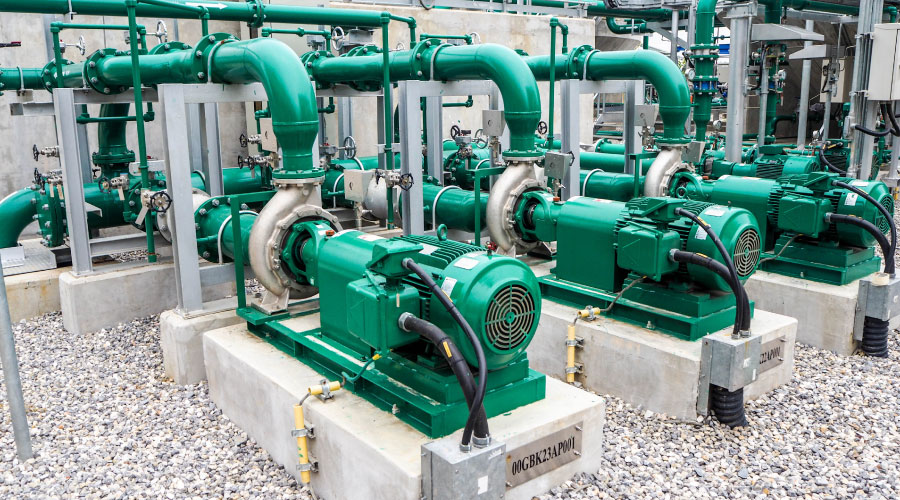Retrocommissioning: Identify Energy-Efficiency Issues
As institutional and commercial buildings age, it becomes more difficult for maintenance and engineering managers to maintain the operating efficiency of their energy-using systems. This issue is particularly true for boilers and domestic water heaters. Even the slightest decrease in the efficiency of these units can significantly increase annual operating costs.
As performance deteriorates, managers must take steps to improve efficiency and reliability. Some take the quick-fix approach, performing maintenance activities or installing third-party devices that promise improvement. Others replace a poorly performing boiler, even if it has yet to reach the end of its rated service life.
While these scenarios are all too common, managers have a viable alternative to these actions: retrocommissioning. When installing an energy-using system, many facilities commission it to ensure proper installation and operation.
Retrocommissioning applies this process to existing systems, enabling managers to evaluate performance, identify inefficiencies, and develop a process to improve operations.
Identifying Candidates
All boiler and water-heater systems lose efficiency and reliability over time. Sensors go out of calibration. Heat-transfer surfaces form scale that limits their effectiveness. Control systems drift from optimal set points.
Retrocommissioning can identify these performance-robbing issues and recommend steps technicians can take to improve performance. For boilers that facilities never commissioned, retrocommissioning can identify problems that have existed since day one.
Some facilities carry out retrocommissioning every four or five years to ensure maximum performance. But managers must carefully weigh a number of factors to identify the most likely candidates.
Consider the age of a boiler or water heater. Most commercial units have a rated service life of 30-40 years. If the one in question has not passed the midpoint of its rated service life, managers should consider it a candidate for retrocommissioning. Older boilers also can be candidates, as long as technicians have maintained them properly and replacement parts are available.
Another important factor is the boiler's overall condition. Without an ongoing, effective maintenance program, deterioration can reach the point where it is no longer cost-effective to bring the boiler back to like-new condition.
Managers also must consider whether the boiler is well-suited for the operations it supports. Is the boiler's capacity reasonably matched to the load, or is it significantly oversized or undersized? In either case, replacement might be a better option than retrocommissioning.
Considering these factors, managers might find that the best candidate is a boiler that operates fairly reliably, is not approaching the end of its rated service life, and has operating problems that maintenance personnel know about but have not corrected, whether for a lack of time, expertise, or funding. Boilers meeting these criteria offer the greatest potential for savings through retrocommissioning.
Related Topics:













